Does mould harm children's health?
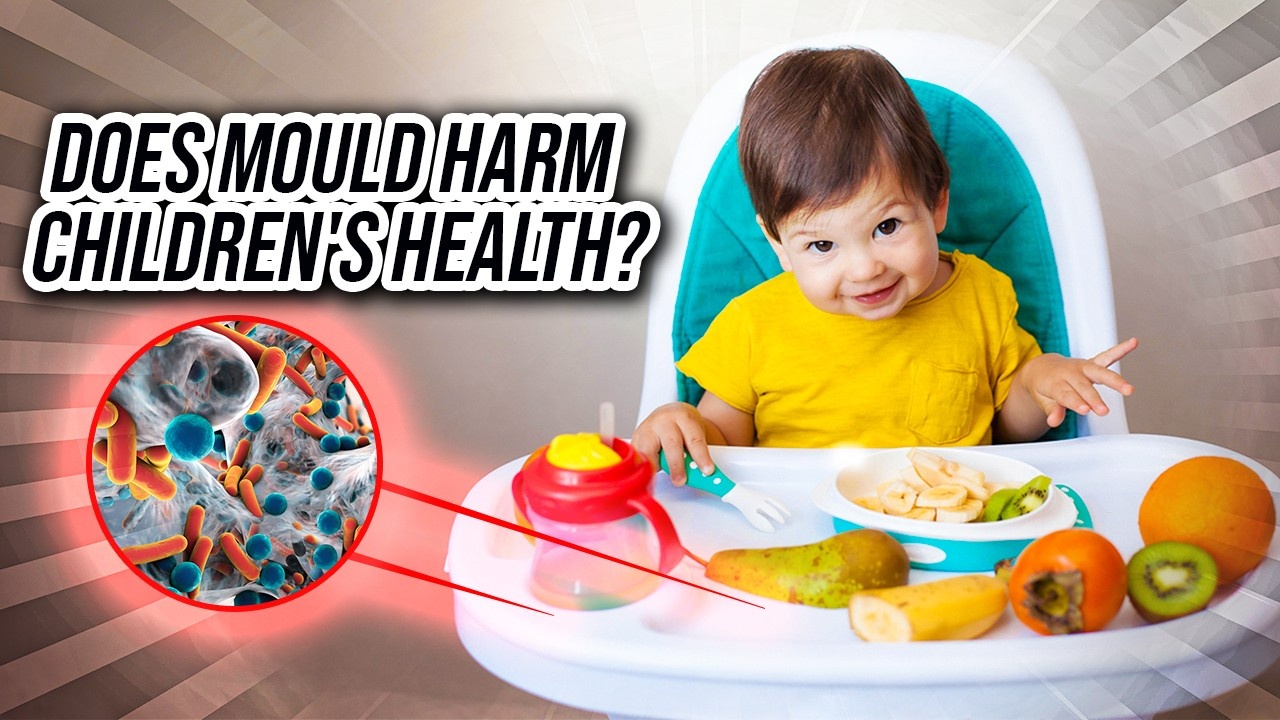
I'm often asked whether mould affects children's health? I thought this would be an appropriate topic to kick off the new year for The Mould Show in 2022. In approaching this topic, I'm going to review some of the key symptoms associated with exposure to mould and then provide you with an easy visual guide that you can use to not only remember the typical mould symptoms but the causes and effects but that may be helpful when describing indoor air quality issues in your home or workplace.
We all know that unexpected weather increasingly contributes to mould problems indoors in addition to water leaks and home dilapidation problems. In turn, most of us understand that moulds grow on wet surfaces and release their spores into the air. It’s important to remember that mycotoxin levels inside water-damaged buildings are sometimes 1000-fold higher than the mould count. It's also known that 50% of fungal growth can be hidden and is missed by mould testing according to the EPA.
To look at the...
Which Mould Spores are Protective Against COVID-19?

Fungi grow everywhere, including the soil, in water and on plants on us, and in other organisms and of course inside our homes. Back in the 1990s people thought there were about 1.5M fungi on earth because only some of them had been described. However, more recent genetic sequencing tools put the total number of fungal species on Earth at over 5 Million. When we think about research on fungal diversity it’s a bit like the concept of the microbiome in our gut and similarly is referred to as the mycobiome.
The purpose of today's talk is to discuss the relationship that we have with fungi in the built environment or the mycobiome of our homes. To do this, I want to focus attention on a groundbreaking pre-print paper that came out on the 16th of December 2021 on medRxiv. This looked at the relationship between specific types of fungi and how Species diversity can be used to predict the seriousness of influenza type infections like COVID-19 mortality.
When you think about the over ...
Censorship of Mould Illness in Finland

This week on The Mould Show, I'm going to be talking about censorship of mould illness. And to do this, we’ll be reviewing a paper that came out earlier this year that focused on the situation in Finland. Essentially, this is a battle between free democracy and socialism and the impact that politics has on contemporary scientific thinking and the dissemination of applied science into the wider community.
So, what's this all about? Well, most of us understand the connection between bad indoor air quality and water damage and how this can impact our health. However, I'm always amazed when people try to negate this connection between environmental exposure and illness or outright deny the scientific facts.
This is very perplexing because on the one hand, when the mainstream media is considering carbon credits, or net-zero, they seem to have no trouble linking the slightest change in the environment with some type of consequence to someone somewhere.
In certain socialist, corporatist Eu...
Salt Therapy and Mould Illness
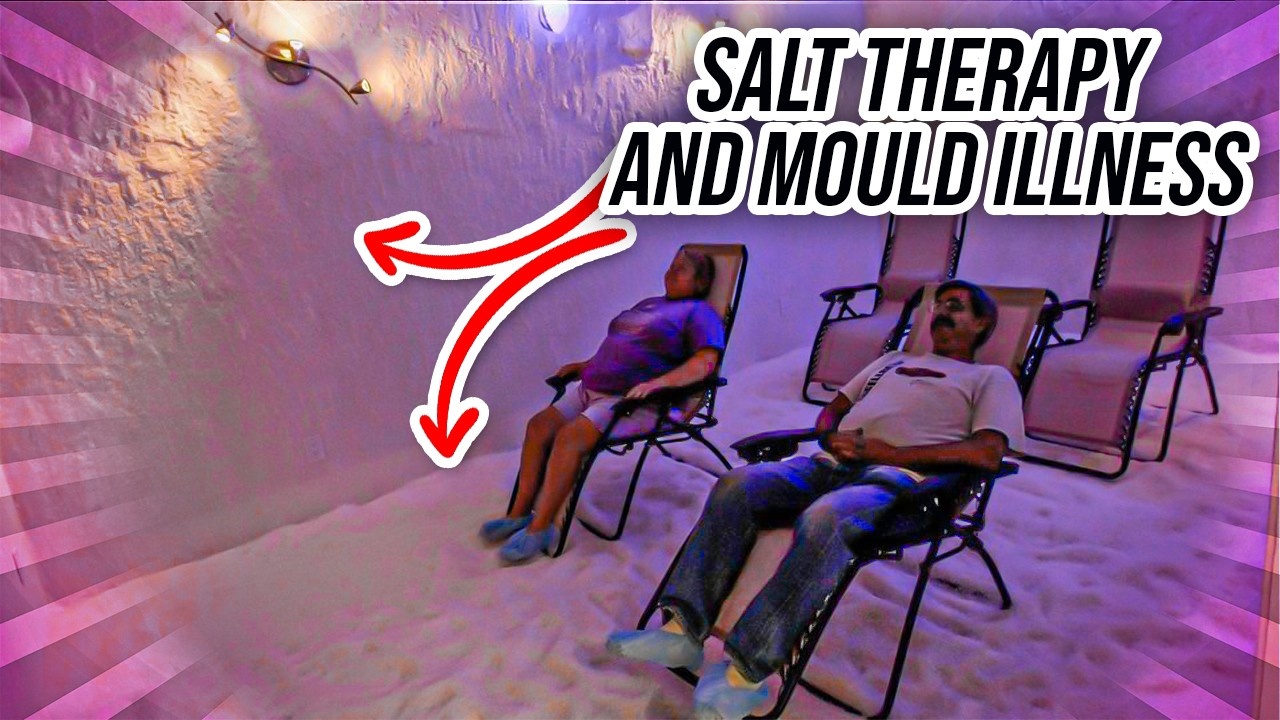
You might not know it but there is an increasing incidence of mould related illness worldwide due to changes in building practices and efforts to cut heating energy losses. This has led to building construction of homes that don't breathe as effectively, the use of lightweight construction practices, often using risky and poorly tested building materials.
This combination of poor building practices and attention to detail, means that errors in the construction process often lead to a series of unwanted building defects that conspire to make water management problems turn into mould problems that are often hidden behind wall, floor or ceiling linings. These problems can lead to mould related disease and the defining hallmark of this is chronic exposure of the respiratory system to bioaerosols, like mould.
In this presentation, I want to review something called salt therapy, which is considered a complementary method for the treatment of respiratory tract illnesses. This will hav...
Black Fungus Risks and COVID-19
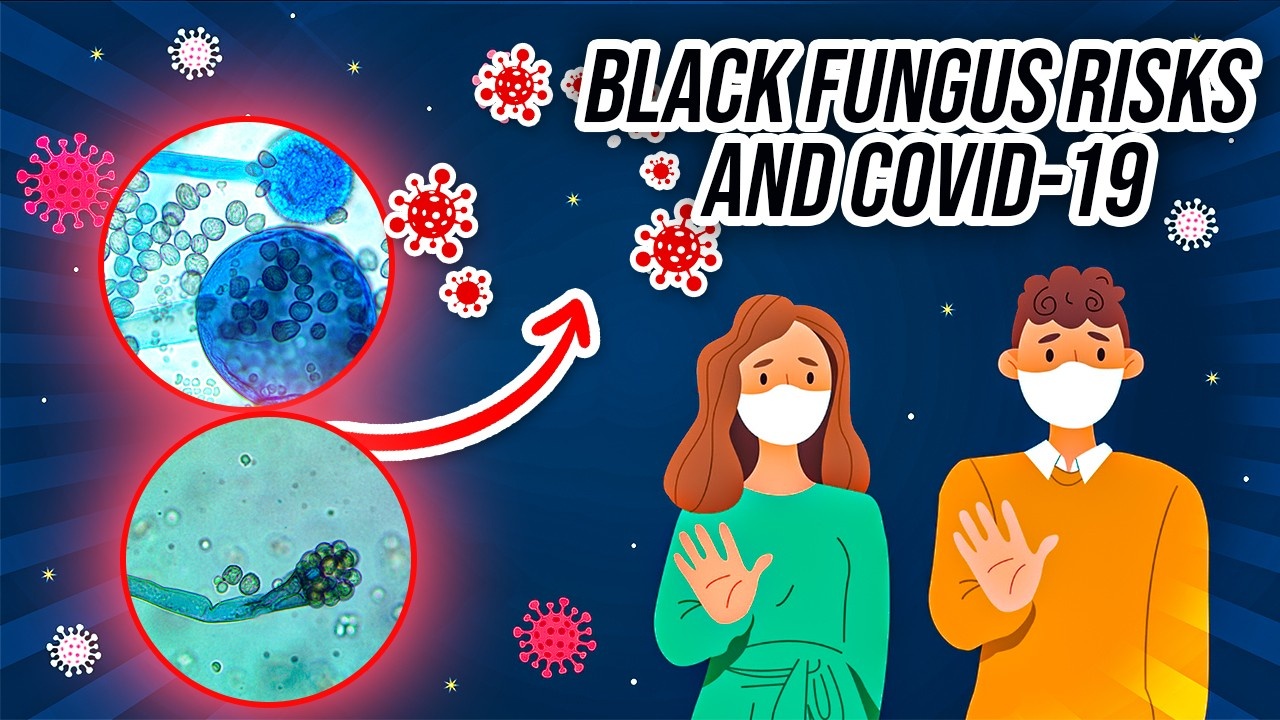
Are you worried about black fungus? When you hear this term - do you think about water-damaged buildings and the infamous Stachybotrys sp. fungus?
Did you know that black fungus is a term that has a specific meaning around a specific class of fungi known to cause very serious health problems for people? The mucoromycetes or black fungi belong to the scientific order Mucorales and cause problems for people who are immunosuppressed or have comorbidities like diabetes, high blood pressure, chronic obstructive lung disease, or are taking immunosuppressive medication for e.g. transplants or even those who are recovering from pneumonia.
I first became aware of black mould from some publications that came out in the literature talking about black yeast-like fungi that were found to be thermotolerant. They’re in many homes in dishwashers and washing machine seals. Sometime later I recovered numerous examples of black yeasts and black fungi from my time at Nauru where many of the tent city ...
Clinical Mould Antigen Extracts and Moulds From Water-Damaged Homes

According to a new study just published on November 17, by the American Thoracic Society, there is a misalignment between available clinical mould antigen extracts and the actual levels and types of airborne fungi found in water-damaged homes. What does this mean? According to the paper, there are five key reasons why indoor air sampling is used. These include (1) health concerns by occupants, (2) visible fungi, (3) known water damage or dampness, (4) smelling a mould or musty odour or (5) proactive evaluations. Proactive evaluations include pre-purchase inspections or quarterly or annual preventative air samplings.
Common health concerns from mould include asthma, allergic rhinitis, wheeze, cough, shortness of breath, or hypersensitivity pneumonitis, headache, eye and skin problems and other health issues. It is reasonably well known, at least by the integrative health community, that exposure to moulds and other fungi is correlated with a range of allergic and pulmonary diseases in ...
5 Things To Know About Toenail Fungus And COVID-19
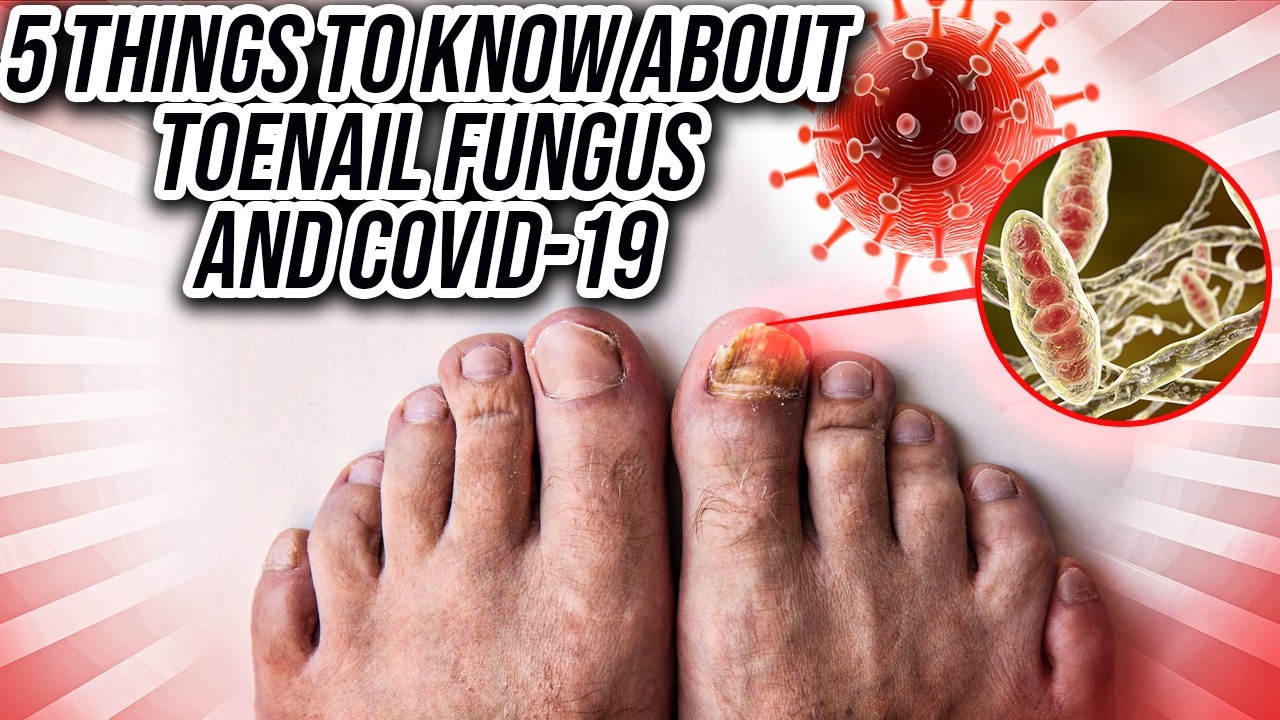
Hi there. My name is Dr. Cameron Jones and I'm an environmental microbiologist and public health scientist. For many of you and including all of us here in Australia, we are entering summer. Now, that's fantastic because sunny weather means shorts and sandals and flip flops and Havaianas. Now, many of us that might be a problem because of something called foot fungus. When I was looking into the research literature this year for really interesting papers to bring to you I found this particular paper. Which found a high correlation between a particular type of skin complaint that affects the nails, not just on your toenails but preferentially on your toenails and the experience of COVID 19. So I'm going to be getting through the research shortly, but before that I want to bring to you an overview of fungal foot infections. So today we're going to be focusing on five things to know about toenail fungus and COVID 19. Now I know that's a particularly scary topic and it's something you migh...
How Mould Spores Control Influenza-Like Illness

Have you ever wondered whether there's a connection between the seasons and flu-like epidemics? Well, this week on The Mould Show, we're going to be looking at two recent pieces of evidence, which focus on the fact that current models for flu-like epidemics are not sufficiently explained by the seasonality effect. Now, most of us would think to ourselves that colds and flu are often more frequent in the cooler winter months, and that gives rise to the seasonality effect. However, two papers have recently provided some stunning evidence suggesting that there is a strong statistical association between exposure to pollen and mould and the infection potential of flu-like illnesses.
We know that pollen is allergenic and that it's linked to immune activation and defence against a range of different respiratory viruses. But, interestingly, it seems to create a bioaerosol that when inhaled, seems to lower the reproduction number of flu-like viruses.
These results for pollen were quickly fol...
What Is Dampness and Mould Hypersensitivity Syndrome, Anyway?
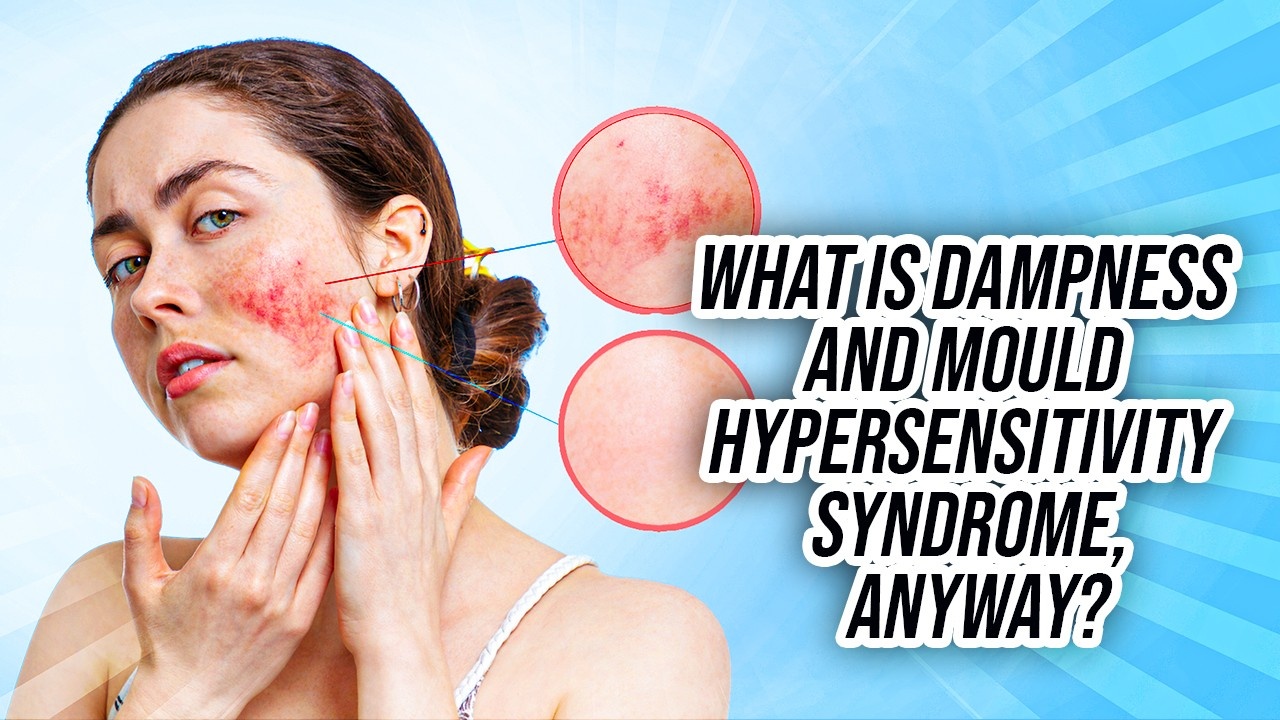
If you've ever found yourself having trouble explaining to someone why you just don't feel right inside that room or building, then you'll want to watch this. Ok, you might just sneeze a little over springtime when exposed to pollen...but what if those types of symptoms happened to you every time you clocked in at work? How do you make sense of this? Sick building syndrome is a catch-all term that is often used to describe the constellation of symptoms that may occur if you react to this "something" indoors. There's also the problem of long-term exposure. If you're constantly exposed to a challenging environment, your symptoms may get worse. That's the topic of the show today and will focus attention on what clinicians know lies beyond sick building syndrome. I'll go over what they know about multiple chemical sensitivity, hypersensitivity and chronic fatigue. The research shows that the duration of exposure along with other co-morbidities leads to a worsening of symptoms and a...
Avoid the top 8 asthma and allergy triggers in your home
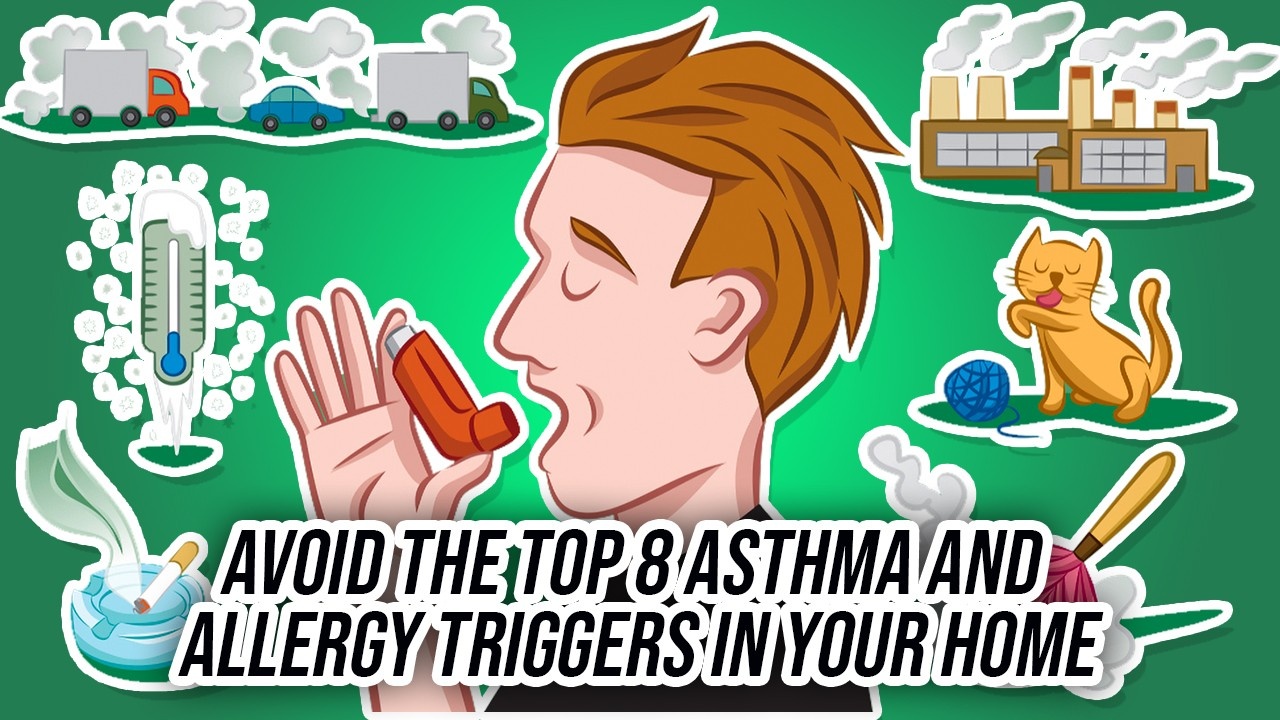
Asthma is a common respiratory condition causing an attack or spasm of the bronchioles or airways that carry air to the lungs. Asthma makes it difficult to breathe and in Australia affects one in nine people equivalent to 2.7 million Australians. In the period between 2017-2018, nearly 40,000 hospitalisations occurred. It's known that 80% of asthma hospitalisations are preventable.
Now it's not just the hospital costs - asthma affects the quality of life. Asthma sufferers self report their wellbeing as "fair" or "poor" compared with other people without asthma.
Some interesting research was recently published in the journal, Indoor Air in September 2021. It looked at what household features contribute to biocontamination and that is linked with asthma.
What are some of the typical biocontaminants that might cause asthma-type health effects? Most of us can recall images of pollution haze and coughing, but different types of microorganisms, dusts and pollens and household behaviours a...

